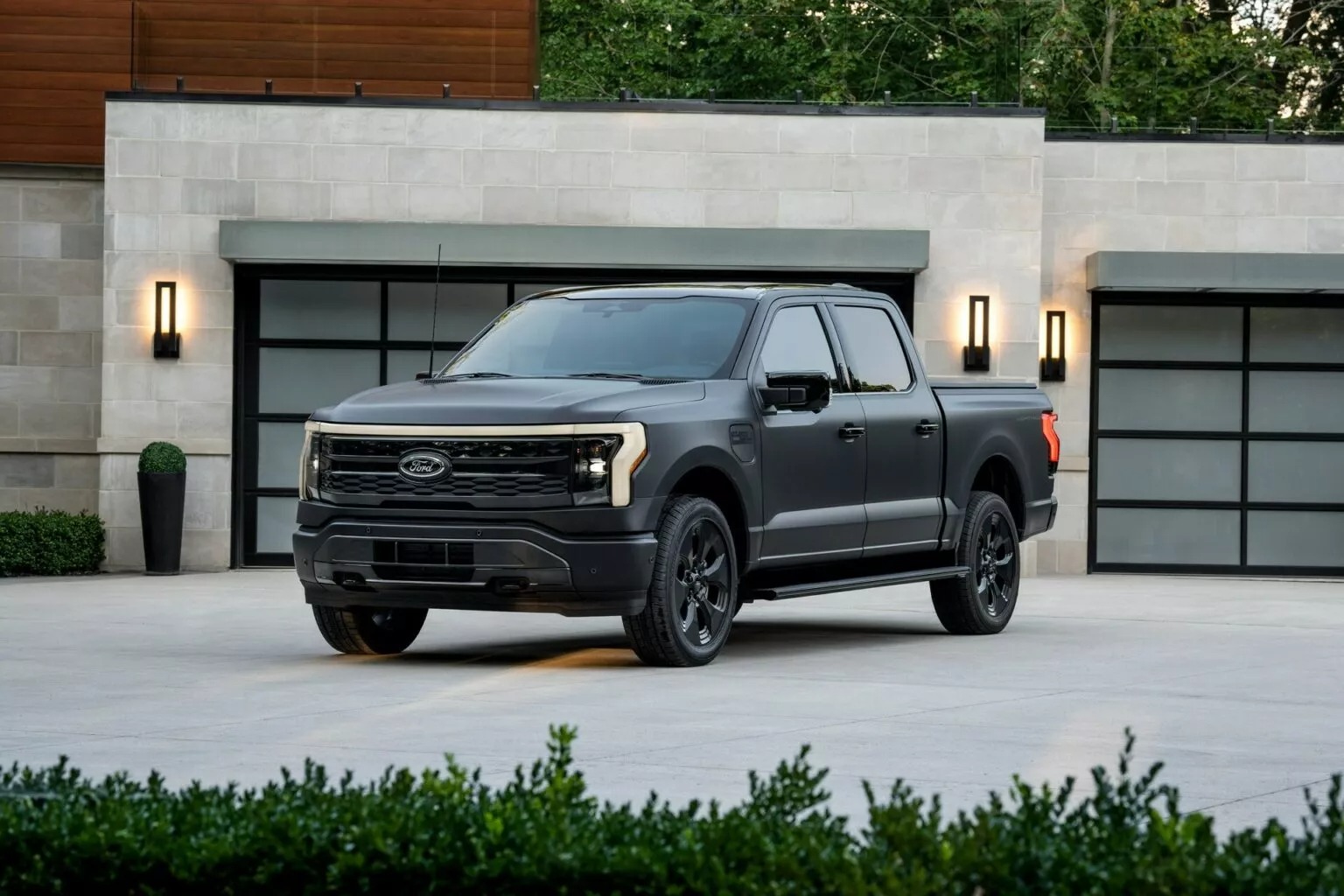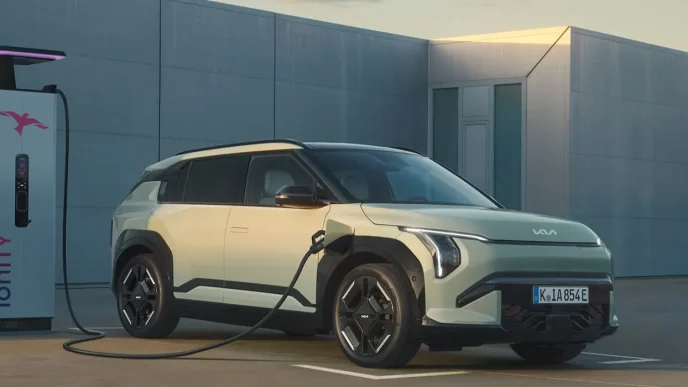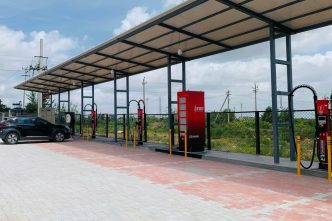California has taken a significant step toward enhancing grid resiliency by passing a new law that could eventually require bidirectional charging capabilities in electric vehicles (EVs).
Governor Gavin Newsom signed the bill, known as SB 59, this week, but it does not include a specific timeline for implementation, leaving the California Energy Commission (CEC) to determine when it is appropriate to mandate the feature.
Bidirectional charging allows EVs to not only draw power from the grid but also return electricity to homes or the grid itself. This technology, commonly referred to as vehicle-to-grid (V2G), vehicle-to-home, or vehicle-to-load, is already available in select EVs like the Nissan Leaf and Ford’s “Intelligent Backup Power” system.
It has the potential to provide substantial benefits by helping balance supply and demand during peak periods, improving grid reliability, and reducing emissions.
California’s grid often struggles during extreme heat events, relying on fossil gas “peaker” plants to meet demand. With bidirectional charging, EVs could act as distributed energy storage systems, providing backup power during high-demand periods.
However, while the technology could save the state an estimated $1 billion annually, its adoption has been slow, as few automakers currently offer V2G capabilities, and consumers may be reluctant to invest in the necessary equipment.
Senator Nancy Skinner initially proposed a 2027 deadline for mandating bidirectional charging in EVs, but that timeline was removed from the final version of the bill.
The CEC, along with other state agencies, will now evaluate the technology’s use cases and decide when it should become a requirement, potentially ushering in a new era of energy resilience in California.
Source: Electrek











